|
Flamingo-TBFC It was in November 2020 that I last worked on the Tang Band W6-789E. That was the 3rd design – the Flamingo-V. In all the three Flamingos, I used a 13 liters bass reflex. After all the work, I still wasn’t convinced I was getting the best out of this woofer. In a moment of inspiration, it dawned on me that a 27 liters BR might just work. After mounting the 789E onto a 27L BR and listening to it without any crossover, I found the sweet spot. It’s in the bass.
The Black plot in Fig 1 is the RAW response of the 789E in a 27L box with a baffle width of 9-1/2″. Even though this woofer extends to 6kHz, it is best to cross it below 3kHz because of the cone breakup. The Blue plot is the response with my electronic crossover at 2kHz (24dB/oct). This may seem a rather low crossover frequency but I’m confident my Seas 27TBFC is up to it.
The Black plot in Fig 2 is the RAW response of the Seas 27TBFC tweeter with it Flush Mounted. This is important, otherwise, it won’t be so smooth. Red plot is at 2kHz (24dB/oct).
The Black plot in Fig 3 shows the summation of the 789E and the 27TBFC with the tweeter wired in Reversed Phase. The crossover passband shows proper summing as no cancellations are observed on either side of the center frequency.
The Violet plot in Fig 4 is with the tweeter wired in absolute phase. It did not result in a deep null because I did not apply any delay on the tweeter. Though it’s not time-aligned, I didn’t find the music objectionable during audition.
Fig 5 is the FR of the Flamingo-27TBFC. The response is flat from 1kHz onwards. More importantly, the bass is at the same level all the way down to 55Hz.
Excess energy is recorded from 3kHz ~ 9kHz (Fig 6). The bulk of these are from 3kHz~6kHz.
When view in 2D with Frequency against Time, the excess energy dies off by 1.5msec. In practice, they will not smear the music.
Lastly, the 2nd (Red plot) and 3rd (Violet plot) harmonics are quite low, generally about -55dB below the fundamental. I’m rather surprised that the 3rd harmonic is greater than the 2nd from 1kHz~2.5kHz but during auditioning, it didn’t irritate me. Summary After listening to the Flamingo-TBFC for a week, I can recommend this build. Most 2-ways are lacking in bass. Not with this Flamingo-TBFC. It has just the right amount. Bear in mind that my speaker is in free-space and raised for measurement. In fact, the Flamingo-TBFC tweeter center is 45 inches above the floor. When the speaker is placed on the floor, as in most cases, the bass will be stronger. If the bass is too much, raising the speaker about 15 inches would be optimum. Midrange and treble are smooth. No shouty vocals and grating highs. Overall, great for general purpose listening. NEXT> Flamingo-TBFC (Passive) Unless otherwise stated, all measurements were made in Full Space (4 pi) with the mic at 36 ins, tweeter axis. Impulse Window=5ms. No smoothing applied. |

February 21, 2023Projects
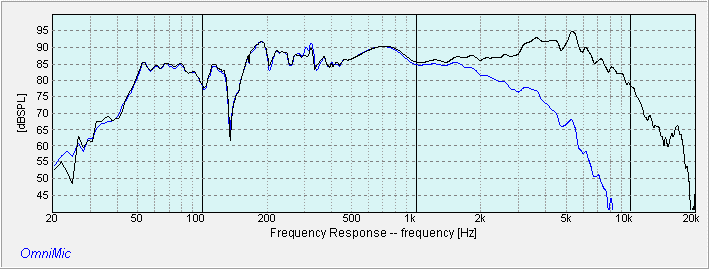 Fig 1 – Tang Band W6-789E RAW and at 2K
Fig 1 – Tang Band W6-789E RAW and at 2K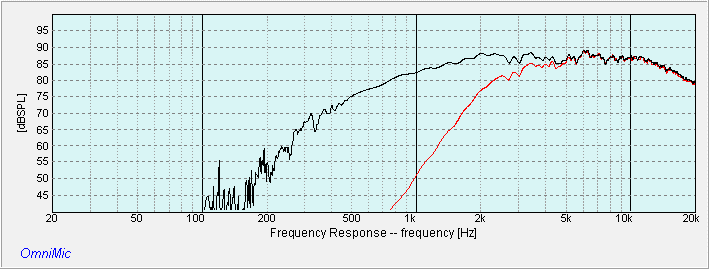 Fig 2 – Seas 27TBFC RAW and at 2K
Fig 2 – Seas 27TBFC RAW and at 2K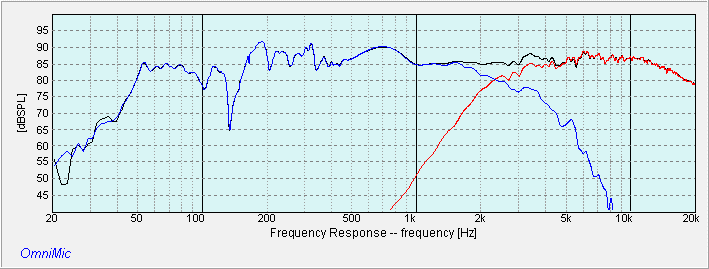
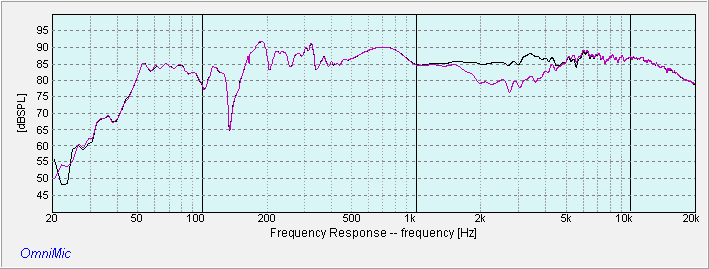 Fig 4 – Null Response
Fig 4 – Null Response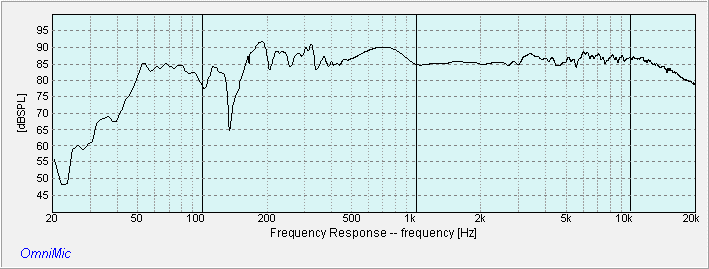 Fig 5 – Flamingo-27TBFC Frequency Response
Fig 5 – Flamingo-27TBFC Frequency Response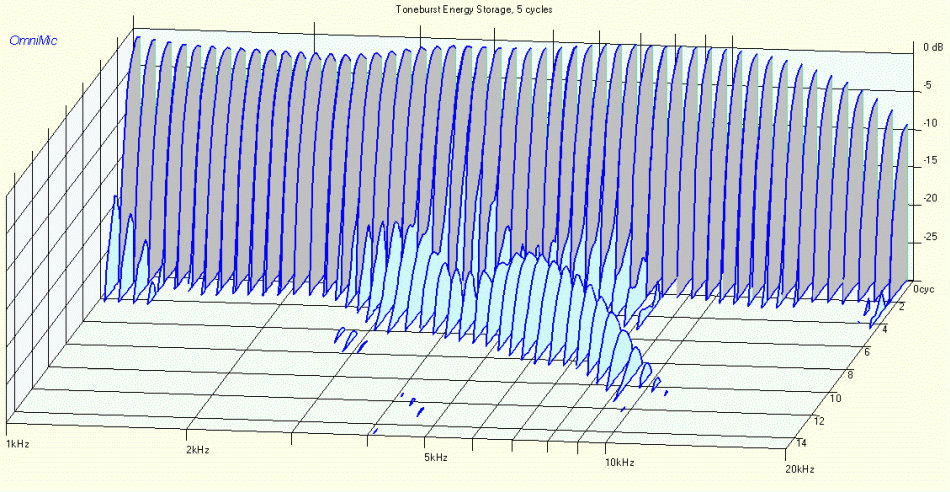 Fig 6 – Flamingo-TBFC Toneburst Energy Storage
Fig 6 – Flamingo-TBFC Toneburst Energy Storage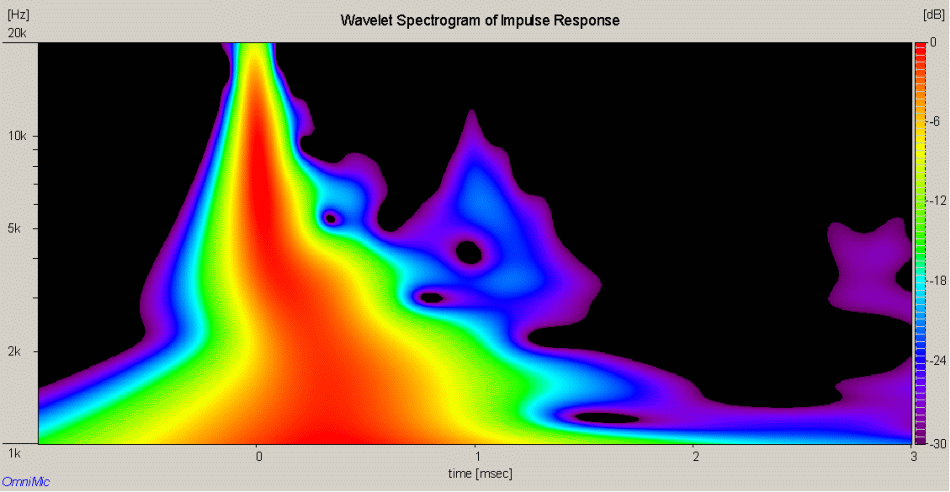 Fig 7 – Flamingo-27TBFC Wavelet
Fig 7 – Flamingo-27TBFC Wavelet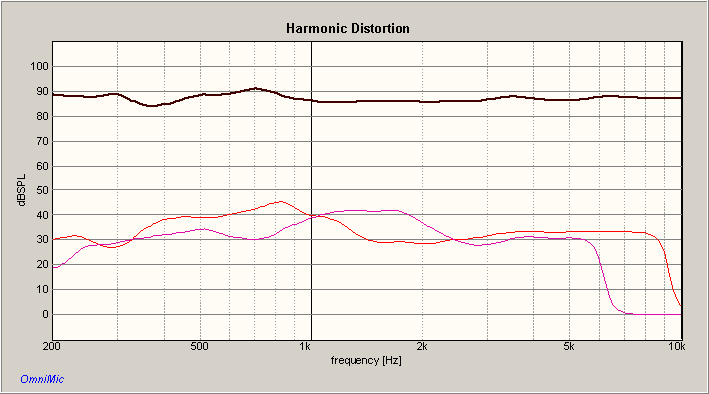 Fig 8 – Flamingo-27TBFC Distortion
Fig 8 – Flamingo-27TBFC Distortion